Physical Address
304 North Cardinal St.
Dorchester Center, MA 02124
Physical Address
304 North Cardinal St.
Dorchester Center, MA 02124
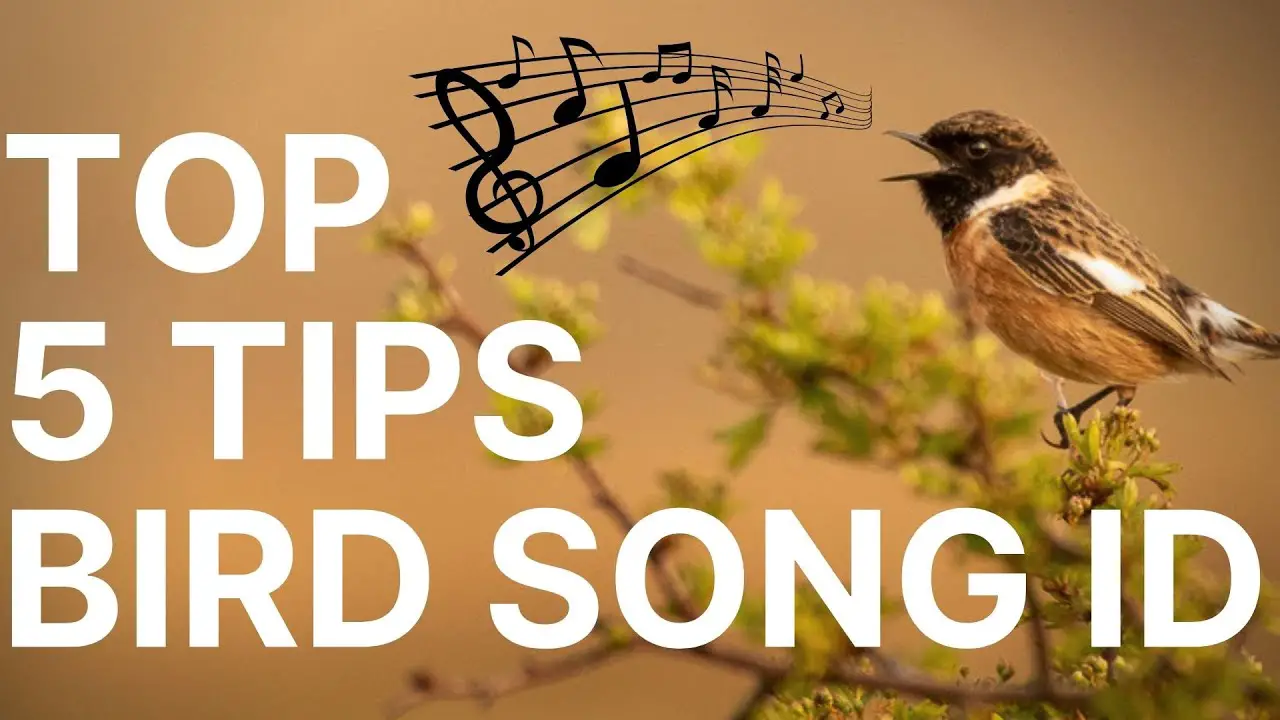
Bird watching can be a delightful and rewarding hobby. Whether you’re strolling through a park or gazing out of your window, the ability to identify birds by sight and sound can enhance the experience tenfold. In this article, we will explore some effective techniques and tips that can help you develop this skill. So, grab your binoculars and get ready to embark on a captivating journey into the world of avian identification.

Field guide books are an essential tool for any bird enthusiast. These books provide detailed information on various bird species, including their physical characteristics, range, habitat, and behavior. They are typically organized in a user-friendly manner, allowing birders to quickly and easily identify birds they encounter in the field. Field guide books are available for different regions and can be easily carried during birding trips.
Observing birds in their natural habitat can be a challenging task, especially when they are perched high in trees or located at a distance. Binoculars and spotting scopes are indispensable tools for getting a closer look at birds. They allow birders to observe fine details such as plumage, beak shape, and eye color, which are crucial for accurate identification. When choosing binoculars or spotting scopes, it is important to consider factors such as magnification, field of view, and weight.
In today’s digital age, birding apps and websites have revolutionized the way bird identification is approached. These tools provide comprehensive databases of bird species, complete with photos, descriptions, and even audio recordings of their calls and songs. Birding apps can be downloaded onto smartphones and are particularly convenient for on-the-go identification. Websites dedicated to birding also provide valuable information, such as migration patterns, feeding behaviors, and nesting habits of various bird species.
Field marks refer to specific physical characteristics that can help identify bird species. These include features such as color patterns, distinctive markings, and the shape of the bill or tail. By keenly observing these field marks, birders can quickly narrow down the possibilities and identify the bird they are observing.
Colors and patterns play a crucial role in bird identification. By paying attention to the colors and patterns on a bird’s plumage, birders can often determine the family or even the species of the bird. It is important to note that colors may vary depending on the bird’s age, gender, or breeding season, so it is worth observing these factors to make an accurate identification.
Noticing the overall size and shape of a bird can provide valuable clues for identification. Is it small and round or larger with a long neck? Does it have a slender bill or a robust one? By observing these characteristics, birders can narrow down the possibilities and focus on the key features to identify the bird accurately.
Bird behavior can also aid in identification. Some species have unique foraging methods or flight patterns, while others may have distinctive perching or hunting behaviors. By observing how a bird behaves in its natural environment, birders can gather additional information to assist in identifying the species.
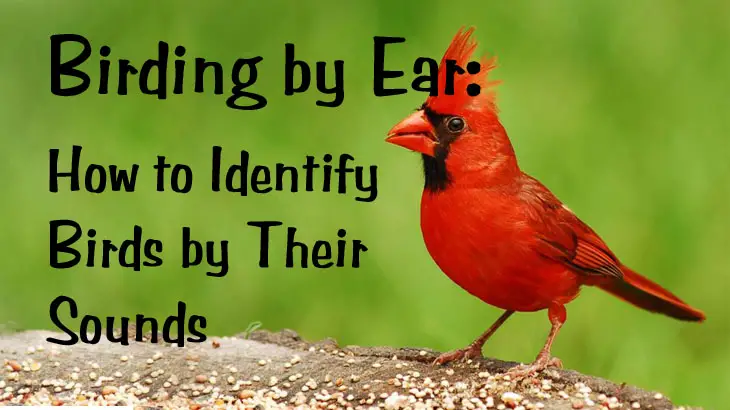
Birds communicate through a variety of calls, songs, and other vocalizations. By becoming familiar with the typical sounds produced by different bird species, birders can identify birds without even seeing them. Start by learning the sounds of common birds in your area and gradually expand your knowledge to include more species.
While familiarizing yourself with common bird sounds is helpful, it is also essential to listen for distinctive calls and songs specific to certain species. These vocalizations can provide valuable clues for identifying birds, especially those that may not be easily visible due to their size or habitat.
Audio guides and recordings are valuable resources for learning bird sounds. They provide specific examples of calls and songs for various bird species, allowing birders to compare and identify sounds they hear in the field. These resources can be found in the form of CDs, online platforms, or even birding apps.
Different bird species have specific habitat preferences. Some birds thrive in forests, while others prefer wetlands or grasslands. By learning which species are commonly found in certain habitats, birders can narrow down their options during identification. Field guides and online resources are excellent sources of information about bird habitat preferences.
When trying to identify a bird, it is essential to consider its surroundings. Are there specific plant species or geographical features that may attract certain types of birds? Understanding the bird’s habitat can provide valuable context and aid in accurate identification.
Bird populations often change with the seasons, as some species migrate to different areas in search of food and breeding grounds. By considering seasonal changes, birders can determine which birds are likely to be present during a particular time of year. This knowledge can help narrow down the identification options.
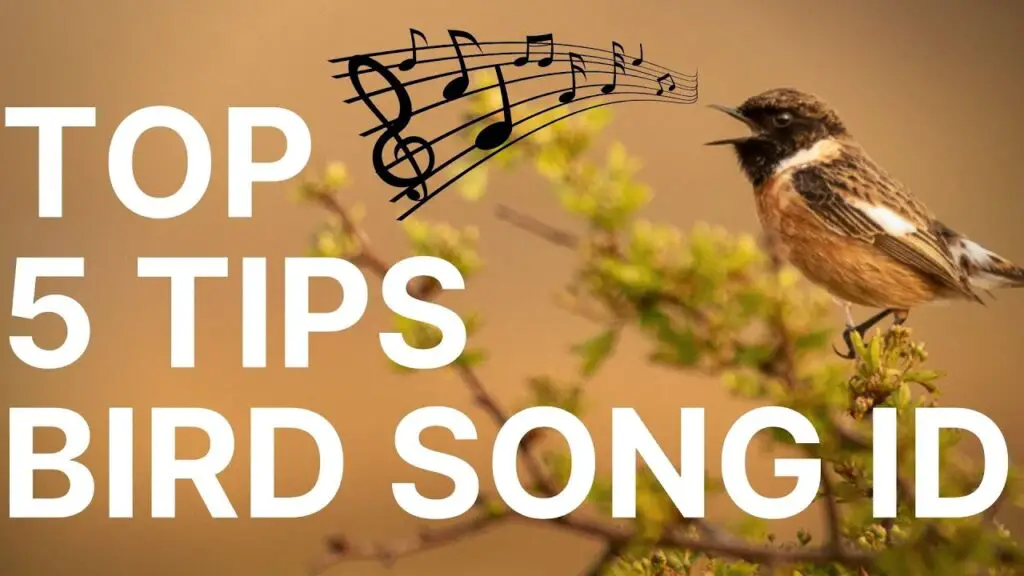
When faced with similar-looking bird species, it is crucial to carefully compare their field marks and physical characteristics. Observe details such as wing shape, bill length, eye color, and leg coloration. By noting the slight differences between similar species, birders can avoid confusion and make accurate identifications.
Understanding the range and distribution of different bird species can also help differentiate similar-looking birds. Some species may be more common in certain regions, while others are endemic to specific areas. By considering the geographic range of a bird, birders can eliminate certain species from their list of possibilities.
In addition to visual cues, vocal differences can also aid in differentiating similar bird species. Pay attention to the calls and songs of each species and look for variations in pitch, cadence, or pattern. These vocal distinctions can be invaluable when trying to identify birds that are visually similar.
During certain periods, birds undergo molting, a process in which they shed and replace their feathers. Molting birds may have incomplete or altered plumage, making identification more challenging. By being aware of molting patterns, birders can take this factor into account when making identifications.
Juvenile birds often have different plumage colors and patterns compared to adults. These differences can make it difficult to recognize them as members of a particular species. Birders should familiarize themselves with the appearance of juvenile birds to avoid confusion during identification.
In some instances, hybridization and interspecific mating can occur between different bird species. This can result in offspring with unique and sometimes confusing characteristics. When encountering such birds, birders may need to refer to experts or consult specialized resources to accurately identify them.
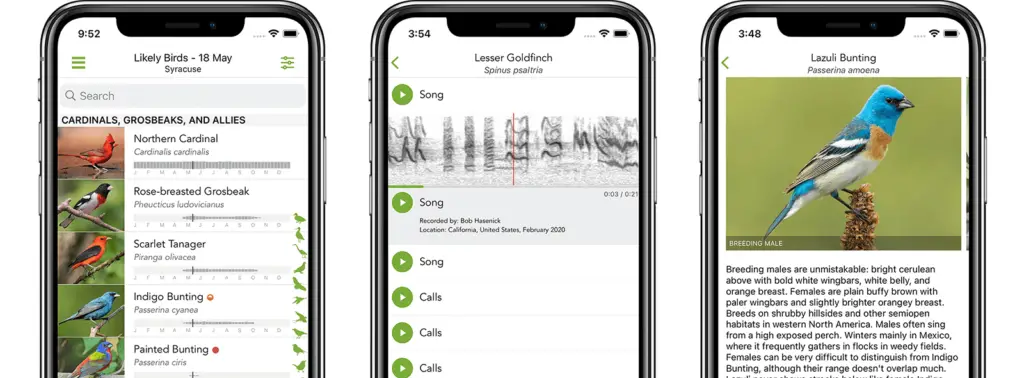
Before embarking on a birding trip to a specific region, it is beneficial to research the bird species native to that area. By familiarizing yourself with the local bird population, you can make more informed decisions regarding species identification. Local field guides, online resources, and birding apps are excellent tools for obtaining this information.
Every region has its own set of birding hotspots, which are areas known for their abundance and diversity of bird species. These hotspots can be national parks, wildlife refuges, or even local nature reserves. Exploring these areas will increase your chances of spotting a variety of birds and enhance your overall birding experience.
Connecting with local birding groups or experts can provide valuable insight into birding in a specific region. These individuals have extensive knowledge and experience with the local bird species and can offer guidance on identification tips and the best locations for spotting particular birds. Their expertise can greatly enhance your birding adventures.
Joining birding events and field trips is an excellent way to meet like-minded individuals and expand your knowledge of bird identification. These events may include guided walks, birding workshops, or bird surveys. Participating in these activities allows you to learn from experienced birders and share your own sightings and experiences.
The internet has made it easier than ever to connect with fellow birding enthusiasts worldwide. Joining online birding forums and social media groups allows you to interact with other birders, ask questions, share sightings, and learn from their experiences. These communities provide a supportive environment for both beginners and experienced birders.
Sharing your bird sightings with others and learning from their observations can greatly contribute to your bird identification skills. By sharing photographs, descriptions, and locations of the birds you have seen, you can seek assistance from experienced birders who may be able to help with identification. Additionally, by following the sightings of others, you can expand your knowledge of bird species and their behaviors.
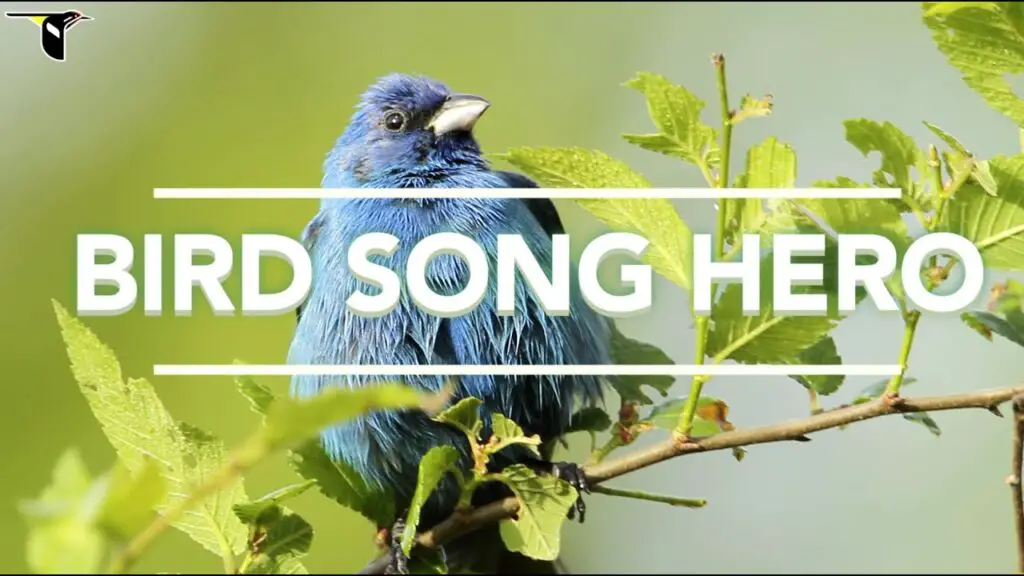
Keeping a birding journal is an excellent way to record your sightings and document your birding experiences. In your journal, you can note the date, location, time, weather conditions, and any notable behaviors or characteristics observed. This information will not only serve as a personal record but can also be used for reference during future birding trips.
Birding apps often provide features for recording and cataloging bird sightings. These apps allow you to enter details such as species, date, location, and additional notes about the sighting. By utilizing these features, you can create a digital record of your bird sightings and easily access this information whenever needed.
Citizen science projects, such as eBird, rely on data submitted by birders to monitor bird populations, migration patterns, and distribution. By submitting your bird observations to these projects, you contribute valuable data that helps scientists and conservationists better understand and protect various bird species. Participating in citizen science projects is a fulfilling way to contribute to scientific research while furthering your own birding knowledge.
When birding, it is essential to show respect for wildlife and their habitats. Avoid getting too close to birds, as this may cause unnecessary stress or disrupt their natural behaviors. Refrain from harassing or disturbing birds and follow established codes of conduct to ensure your presence has minimal impact on their well-being.
When birding in natural areas, it is important to stay on designated trails and paths to prevent damage to fragile ecosystems. Straying off established routes can disturb nesting sites, trample vegetation, and disrupt wildlife habitats. By sticking to designated areas, you can minimize your impact on the environment while enjoying your birding experience.
Birds require safe and undisturbed areas to nest and roost. It is crucial to avoid approaching or disrupting these sites, especially during breeding seasons. Causing disturbance to nesting and roosting birds can lead to abandonment of nests or even harm to the birds themselves. Always maintain a respectful distance and use binoculars or scopes to observe birds without disturbing them.
By utilizing these tools and techniques, bird enthusiasts can enhance their ability to identify birds by sight and sound. Whether you are a beginner or an experienced birder, the key is to practice observation, expand your knowledge, and appreciate the beauty and diversity of the avian world around us. Happy birding!

My name is Shane Warren, the author behind Your Bird Buddy – your ultimate guide to the wonderful world of birds! Unleash your inner avian explorer as we delve into a vibrant library of knowledge dedicated to all things feathered. From learning about diverse bird species from across the globe to understanding their captivating habitats and behaviors, I’m here to fuel your passion for these magnificent creatures. Not only that, but I also provide valuable insights on being a responsible and informed pet bird owner. Join our vibrant community and let’s celebrate the feathered wonders of the world together – one chirp at a time. And be sure to join our Your Bird Buddy Community over on Facebook!